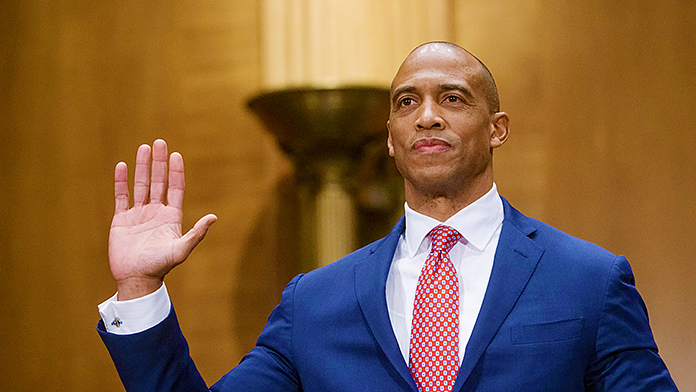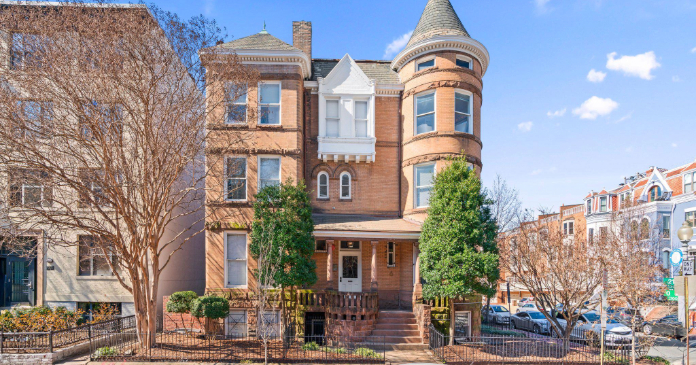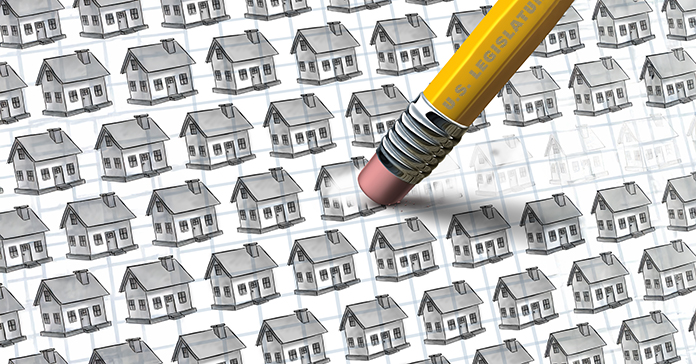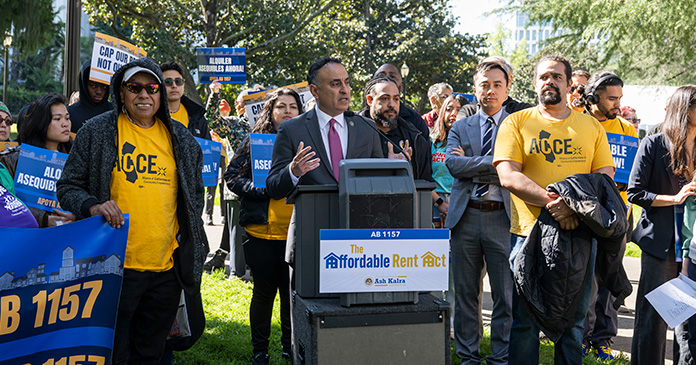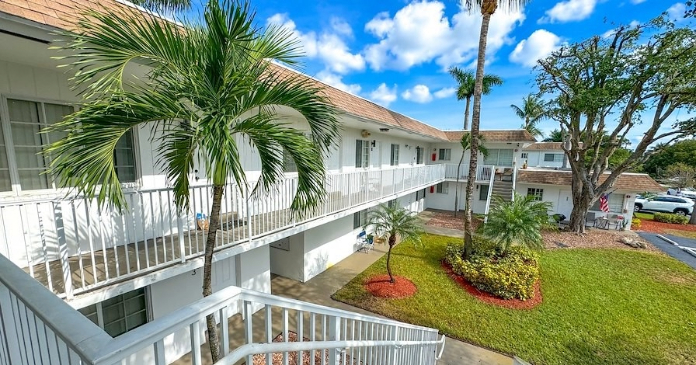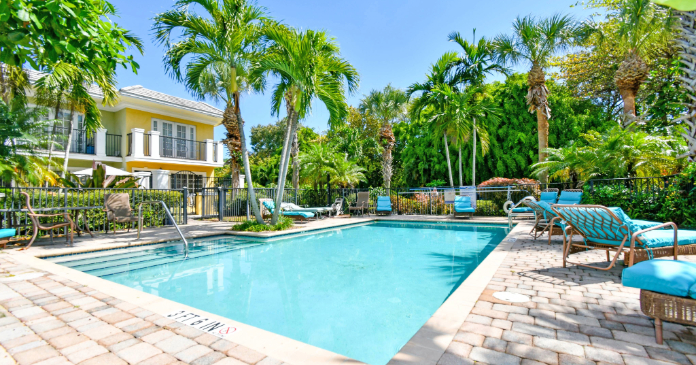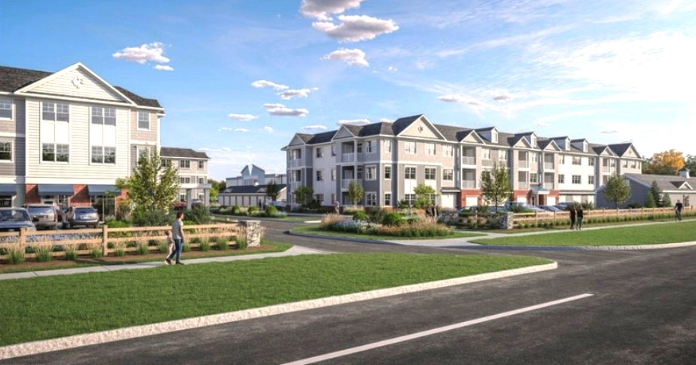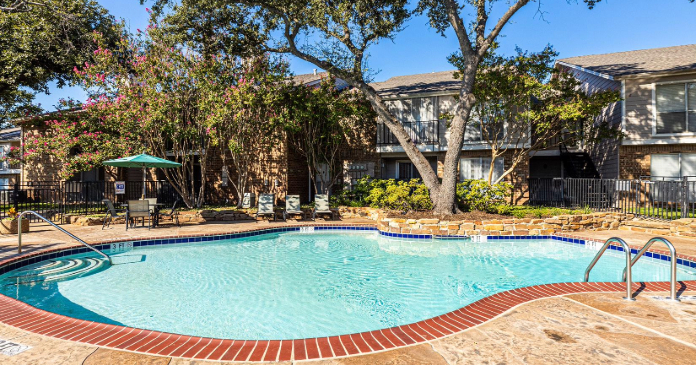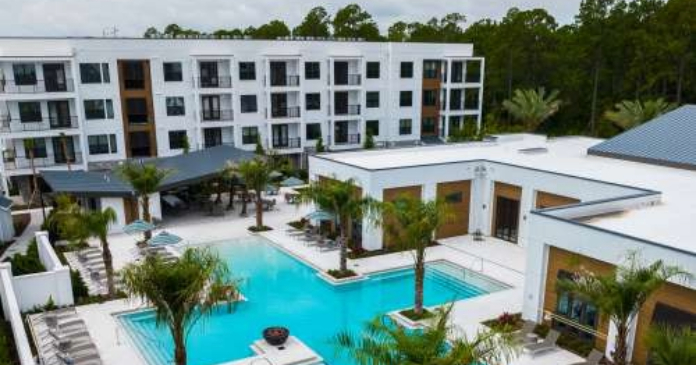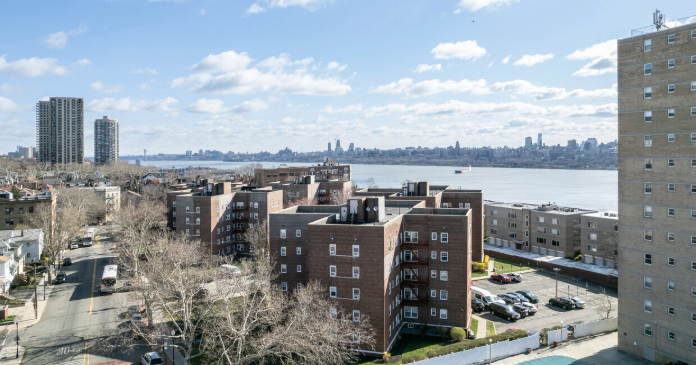Situated two blocks from the Metrorail, the mixed-use project will offer 644 condominium residences and 180,000 square feet retail, restaurant and entertainment space. The Town Center will be anchored by a town square that provides public space in addition to a new, 100,000-square-foot pubic library and a 40,000-square-foot cultural arts center.
The new Town Center marks the revitalization of Rockville’s downtown, says Mayor Larry Giammo. “This is a big leap forward for us in terms of creating a town center that the community has wanted for the past 40 years,” he explains. The project, which has a price tag of nearly $350 million, was so important that Giammo made it his number one priority when he took office in 2001.
THE DEVIL’S IN THE DETAILS
Like many cities across the nation during the 1960s, Rockville’s main shopping and entertainment district was failing. Desperate to bring life back to its core, the city tore down all of the buildings that comprised Rockville’s Main Street and took advantage of funds from the federal government’s Urban Renewal Program to build the Rockville Mall.
The mall, which opened in 1972, failed from the day it opened, Giammo says, adding that it suffered from a lack of shoppers and didn’t fit in with the community. It was torn down in the early 1990s and a locally based REIT, Federal Realty Investment Trust, replaced the mall with a strip center and surface parking. The strip center was moderately successful, but did not add much to the city’s downtown.
Realizing that something needed to be done to re-energize Rockville’s core, the city’s leadership tapped White Plains, N.Y.-based urban planning firm Street-Works to create a master plan. Once the master plan had been completed, the city then solicited proposals from developers for the retail and residential portion of the project. The city and Montgomery County planned to take on the development of the library and cultural arts center, as well as street infrastructure.
“This is a big project, one that illustrates the ideal public/private partnership,” Giammo notes. Out of seven finalists, the city chose the locally based partnership of Ross Development & Investment and Danac Corp.
“This has been an effort of cooperation,” says Scott Ross, principal of Ross Development. “Mixed-use projects are extremely complex, and a private developer could not do this on their own.”
In fact, all four levels of government — city, county, state and federal — offered funds for Rockville Town Center totaling more than $100 million, Giammo says. The city is absorbing more than half of the expense, while the County is providing funds for the flagship library. The state of Maryland contributed $4 million for infrastructure, and the federal government put in $10 million for transportation related infrastructure.
Nailing down the development agreement between Ross, Danac, Federal Realty and the city was a huge challenge, says John Jaeger, a principal with Danac. “It was two years in the making,” he notes, adding that Ross and Danac invested more than $10 million in design and legal expenses before the agreements were signed.
“What helped was the developers putting money into the project even before we put an agreement together,” Giammo says. “They internalized our vision, and there was a level of trust and shared excitement so we were all willing to put in money.”
The development agreement wasn’t the only challenge, says Jack Jaeger of Danac. “The financing was pretty difficult because there were a lot of people involved,” he notes. Ross and Danac obtained two construction loans and a mezzanine loan to fund 95 percent of the $220 million total investment. Corus Bank financed two buildings totaling $70 million, while Fremont Investment & Loan provided $41 million. Lehman Bros. funded the mezzanine piece, and Ross and Danac put in the rest of the equity.
Once the project is completed, Ross and Danac will sell the condominiums and add the retail portion to Federal Realty for an undisclosed amount.
DESIGNING FOR AUTHENTICITY
At the beginning of the planning process, Ross and Danac had planned rental housing instead of for-sale housing. But, because of construction costs, the partners decided to build condos instead, Scott says.
“There’s huge demand for housing in downtown Rockville,” Giammo says, adding that Rockville Town Center will offer the first for-sale housing in the city’s core in years. He also contends there’s significant demand for retail and restaurants.
Incorporating new housing and retail space into the downtown’s existing fabric was one of Giammo’s key concerns. Street-Works had already provided the city with a master plan and a set of design guidelines, so it was up to Ross and Danac to come up with a design that respected the community.
The development partners tapped Washington D.C.-based WDG Architecture PLLC to design the center. The process started by establishing an historic precedent, referencing historic buildings in Rockville to discover elements to incorporate into new buildings. “We wanted the project to have the perceived character of buildings that were built over time to make it look more authentic,” explains Buddy Woerner, a senior associate who teamed with Eric Schlegel at WDG to design the town center. “The key was creating a sense of place so it doesn’t feel like it was just built yesterday and making sure that it doesn’t come out ‘Disneyesque,'” Woerner says.
The Montgomery County Courthouse, a Romanesque Revival structure built in the 1890s, provided historical reference. By incorporating varying facade styles, window treatments, roofscapes and exterior materials, each building in the project will have its own character. Certain buildings, such as those facing the town square and those sitting on prominent corners, were given emphasis and importance through design with added details, Woerner notes.
“We tried to use as much masonry as we could — different colors of brick, cast stone and architecture finished concrete blocks,” Woerner notes, adding that the roofs are even made from materials such as metal and asphalt shingles made to appear like slate.
Moreover, the design employs varied heights so the roofscape wouldn’t be a straight horizontal line. Most of the buildings are five-story with ground-floor retail plus four floors of residential. However, two buildings have ground-floor retail and five floors of residential.
The residential portion of the Town Center features condos ranging from studios to three-bedrooms in 26 plans. Each unit offers hardwood floors, maple cabinets, granite kitchen counter tops and nine-foot ceilings. To date, about one-third of the condos have been sold, according to Ross.
Owners will be able to take care of most of their shopping and entertainment needs just by heading downstairs. The retail portion of the Town Center has already attracted tenants such as Starbuck’s Coffee, CVS and The Papery.
The nearby library will house more than 200,000 titles, state-of-the-art Internet and communication technologies, public meeting rooms with modern meeting and presentation facilities, a coffee shop, an audio/ video collection, public computers, a help center, and naturally-lit reading rooms adjacent to expansive windows overlooking Rockville Town Square.
Additionally, the new cultural arts center will be located next to the library and will offer classes, meetings, recreation, exhibits and shows. The top two floors will house a business incubator for up-and-coming entrepreneurs. Also under construction is 600,000 square feet of class A office space. “Once the Town Center is done, these new office buildings will be ideal for growing companies,” Giammo says.
The first residential units are expected to be completed in January 2007, and the entire project will be finished by May 2007, according to Ross.
“I expect that project will serve as the catalyst for additional redevelopment over the next 10 to 15 years,” Giammo says. “We had to establish critical mass and now that we have, we’re already receiving significant interest from the development community to redevelopment other portions.” He adds: “A decade from now people will look at Rockville Town Center as the crown jewel of the D.C area. There won’t be anything like it in terms of quality and scale.”




